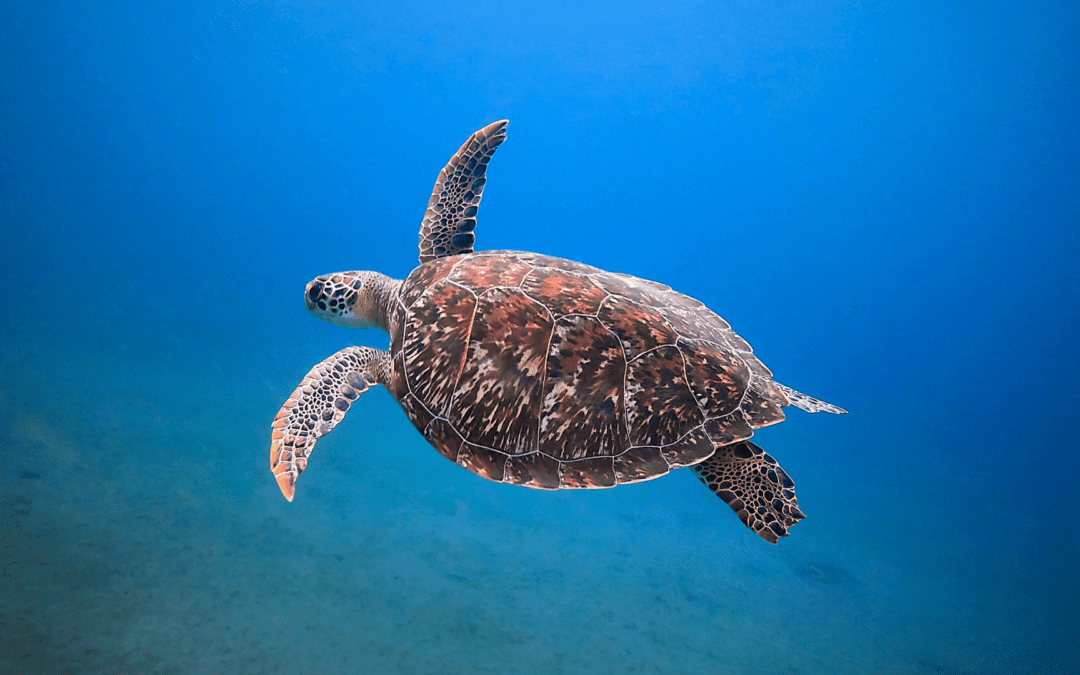Microplastics have become a pervasive problem in our environment, infiltrating the air we breathe, the water we drink, and the food we eat. While much of the focus has been on their physical impact on wildlife and ecosystems, emerging research is shedding light on a more insidious threat: microplastics’ ability to mimic hormones, particularly estrogen, and their potential role in the global obesity epidemic.
Microplastics are tiny particles, often less than five millimeters in size, that originate from the breakdown of larger plastic items, microbeads in personal care products, and fibers from synthetic clothing. These particles are not just inert debris; they carry a cocktail of chemicals, some of which are known endocrine disruptors. Endocrine disruptors are substances that interfere with the body’s hormonal systems, leading to a range of health problems, including reproductive issues, developmental disorders, and metabolic changes.
One of the most concerning aspects of microplastics is their ability to mimic estrogen, a key hormone in the human body. Chemicals such as Bisphenol A (BPA) and phthalates, often found in plastics, can leach from microplastics into the environment. When ingested, these chemicals can bind to estrogen receptors in the body, mimicking or blocking the natural hormone’s effects. This disruption can lead to a variety of health issues, including altered reproductive function, increased risk of hormone-related cancers, and metabolic disturbances.
Recent studies have suggested a possible link between exposure to these hormone-mimicking chemicals and the rising rates of obesity worldwide. The theory is that by interfering with the body’s natural hormonal signals, these chemicals can contribute to the development of obesity. For example, estrogen plays a critical role in regulating fat distribution and metabolism. When microplastics introduce estrogen-like chemicals into the body, they can disrupt this balance, potentially leading to increased fat storage and changes in how the body processes calories.
This idea is still under investigation, but the evidence is mounting. Animal studies have shown that exposure to endocrine-disrupting chemicals can lead to weight gain, even when calorie intake remains the same. Furthermore, these chemicals can alter the function of fat cells, making them larger and more prone to storing fat. This is particularly concerning for children, who are more vulnerable to hormonal disruptions during critical periods of development.
At Guardian Animal Medical Center, we recognize the importance of addressing environmental toxins that can impact not only our patients but also the broader human population. As veterinarians, we see how exposure to these toxins can affect animals, and we understand that humans are not immune to these effects. The potential link between microplastics and obesity adds another layer of urgency to the need for action.
Reducing our exposure to microplastics and the chemicals they carry requires a multi-faceted approach. On an individual level, we can take steps to minimize our contact with plastic products. For example, avoiding plastic food containers, especially when heating food, can reduce the risk of chemical leaching. Opting for natural fibers like cotton or wool instead of synthetic fabrics can also decrease the release of microplastics during washing. At Guardian Animal, we have taken steps to reduce our plastic footprint by switching to biodegradable gloves, a small but significant change that aligns with our commitment to sustainability.
On a larger scale, supporting policies that limit the use of harmful chemicals in plastics and promote the development of safer alternatives is crucial. Encouraging companies to reduce plastic packaging and invest in biodegradable materials can also make a significant difference.
Education plays a key role in this fight. By raising awareness about the dangers of microplastics and their potential impact on our health, we can empower individuals to make informed choices and advocate for change. At Guardian Animal Medical Center, we are committed to educating our clients and the community about the importance of reducing plastic use and minimizing exposure to environmental toxins.
As we learn more about the complex relationship between microplastics, hormone disruption, and obesity, it becomes clear that the health of our environment is inextricably linked to our own well-being. The rising prevalence of obesity worldwide is a multifactorial issue, but the potential role of microplastics cannot be ignored.
Our time in Belize, where we encountered plastic pollution firsthand, underscored the importance of addressing this issue at both a personal and community level. The pieces of plastic we found in the ocean, though small, represent a much larger problem—one that has far-reaching consequences for both wildlife and human health.
At Guardian Animal Medical Center, we will continue to advocate for environmental conservation and the reduction of plastic pollution. By working together, we can protect our planet, safeguard our health, and ensure a healthier future for all species.
MJ Wixsom, DVM MS, is the owner of Guardian Animal Medical Center. She holds veterinary licenses in multiple states and is dedicated to wildlife rehabilitation and conservation.pet

